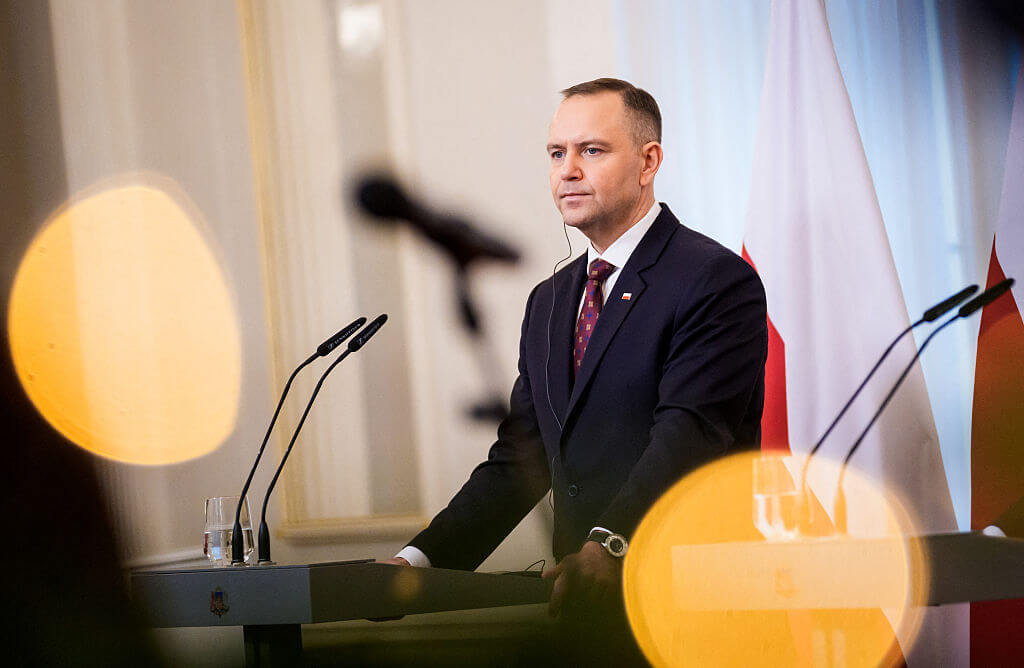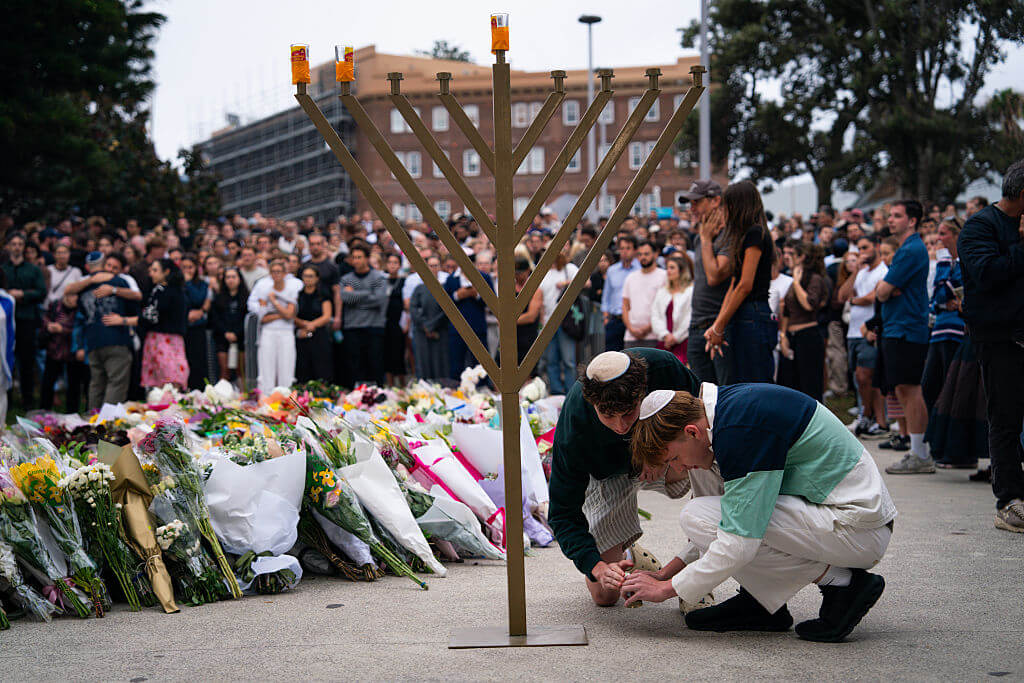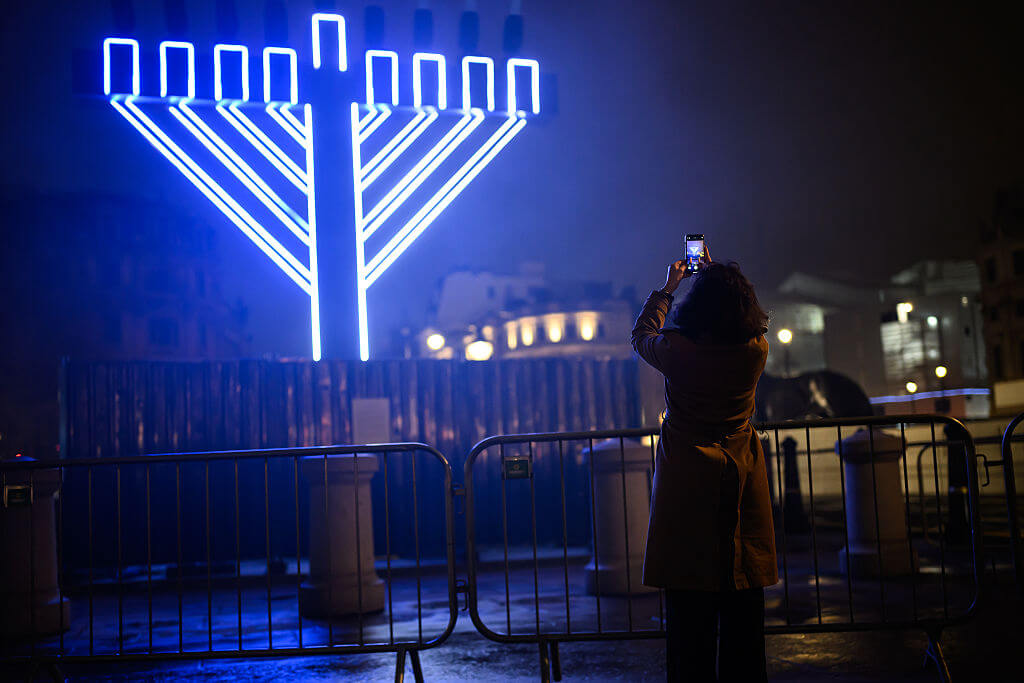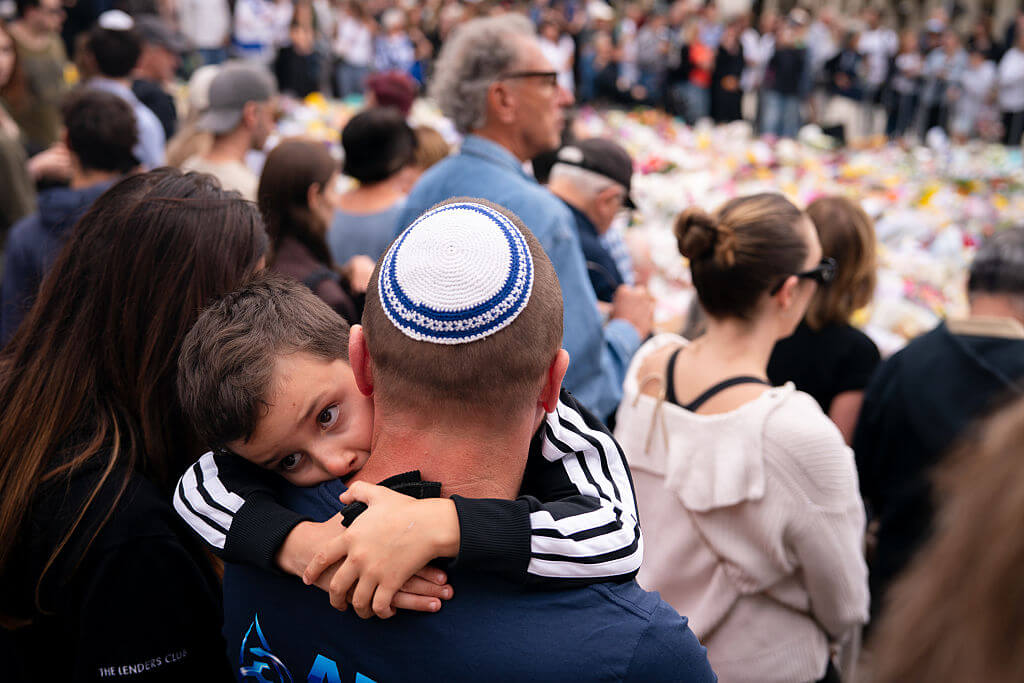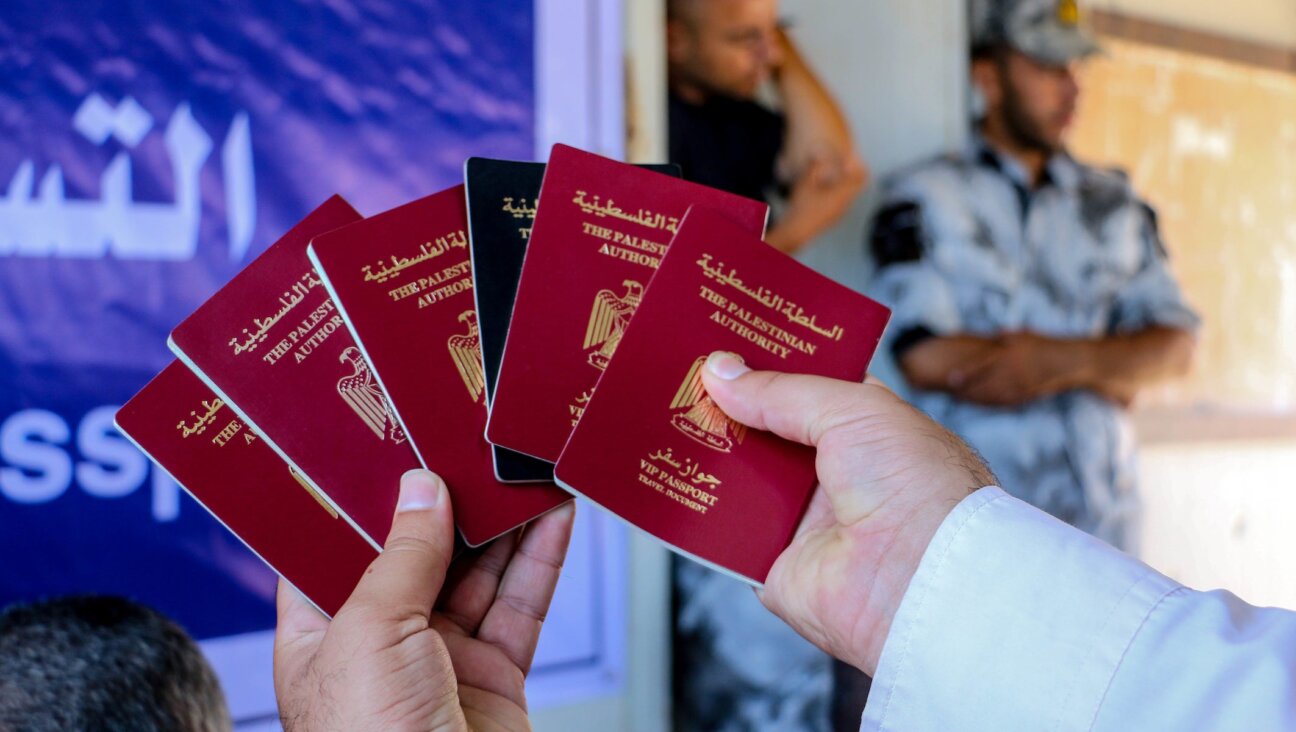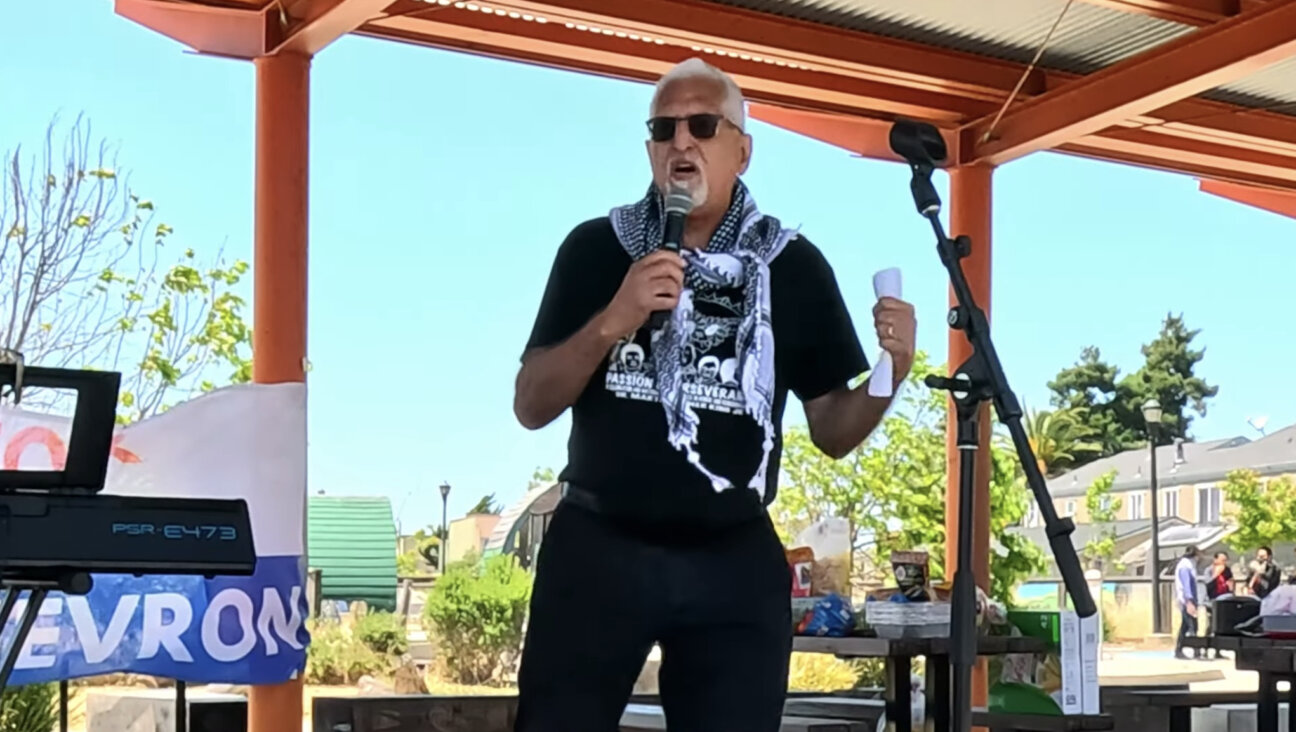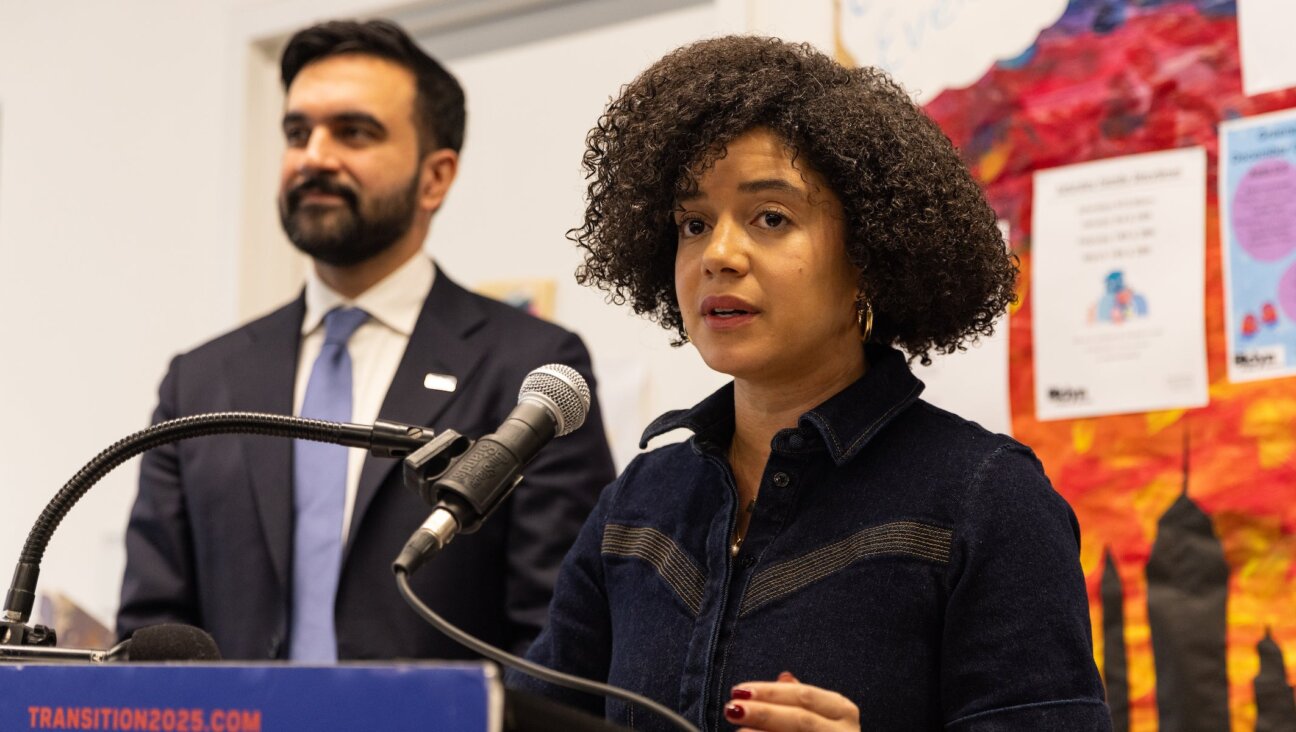There’s a shocking new report on civilian deaths in Gaza. If only it were accurate.
Why bombshell claims may not tell the whole story about military versus civilian deaths

Palestinians mourn relatives, killed in Israeli strikes, ahead of their funeral at Al-Shifa hospital in Gaza City on Aug. 21. Photo by Omar Al-Qattaa/AFP/Getty Images
When it comes to Gaza, the dead are a battlefield.
That’s what I took away from a bombshell joint investigation between The Guardian and +972 Magazine that dropped Thursday, beneath the headline, “Revealed: Israeli military’s own data indicates civilian death rate of 83% in Gaza war.”
It’s a shocking number — if it’s accurate. There is no normal standard for civilian deaths in war, especially the type of close-quarter urban war Israel has been fighting in Gaza since the Hamas attack of Oct. 7, 2023. But international humanitarian law requires armies to minimize civilian harm, something Israel has repeatedly claimed it is doing.
If the headlines are true, they will be claimed as a victory by the vocal anti-Israel camp. An 83% civilian death rate would put Israel’s Gaza incursion in miserable company among modern conflicts, just below the 1994 Rwandan massacre (99.4%), Russia’s 2022 decimation of Mariupol (95%) and the Serbian slaughter in Srebrenica in the early 1990s, whose civilian death rate was 92%. On the other hand, if the headlines are deceptive — unjustly accusing the Jewish state of a wanton level of human destruction far out of proportion to normal combat — pro-Israel voices will point to them as yet more evidence that the world is intolerably biased against the Jewish state.
So is the claim accurate? That’s highly questionable. And in the confusion lies one of the many sad facts of this conflict: Misleading, oversimplified headlines are further deepening societal divides.
The IDF’s own database lists the names of 8,900 Hamas fighters it has killed in the course of war — the central fact in the new investigation. From that number, the authors conclude that out of the 53,000 Gazans who, according to the Hamas-run Gaza Health Ministry, had been killed as of May, the remaining 44,100 souls must all have been innocent civilians.
But the IDF is not claiming those 8,900 fighters are the only fighters it’s killed. Nor is it logical to assume that the IDF has the names of every possible member of Hamas, Palestine Islamic Jihad, or other militant groups in Gaza — or that none of the dead were worthy military targets, whether they were in Hamas uniform or not.
How do I know that? Because +972 Magazine says so — very far down in its story. Citing an Israeli intelligence source, it says the IDF’s database does not include people “who were killed but could not be identified by name, Gazans who took part in fighting but were not officially members of Hamas or PIJ, nor political figures in Hamas such as mayors and government ministers whom Israel also considers legitimate targets (in violation of international law).”
In other words, there may be many more legitimate non-civilian deaths, perhaps closer to the 17,000-20,000 that Israel has claimed.
That’s why, when I read The Guardian’s headline a second time, one word jumped out: indicates. The data doesn’t prove anything. It merely points to a possibility.
Of course, there could conceivably also be more civilian deaths. A review of casualty numbers by the medical journal The Lancet in January said that the death toll might be as much as 40% higher than the estimate provided by the Health Ministry. And most parties agree that many bodies remain buried under Gaza’s rubble.
Additionally, it may come to light that many of the dead whom Israel claimed were fighters were, in fact, not. During an investigation into the killing of civilians at aid sites in Gaza last June, a senior IDF reserve officer told Haaretz, “We are constantly told there are no noncombatants in Gaza.”
For its part, Hamas does not separate civilian deaths from combat deaths — a chilling reminder of what Yahya Sinwar, the late Hamas commander who led the Oct. 7 massacre, meant when he told operatives that civilian deaths were “necessary sacrifices.”
It’s also a reminder that neither Hamas nor the IDF are particularly reliable narrators when it comes to the facts of this conflict. To take one example, the IDF, which has not released information on how it arrived at its casualty figures, claimed in January 2025 that Hamas had up to 25,000 fighters in Gaza — the same number it said Hamas had at the start of the war. “The numbers do not come close to adding up,” wrote The Jerusalem Post.
The IDF has since addressed the discrepancy by claiming its initial estimate was wrong — by 100%. Sure.
So here’s the real truth: We don’t know the actual facts yet. And while we wait for them, consider this:
The horrors stacking up in Gaza predispose some people to believe the worst. And there are horrors. Ehud Olmert, Israel’s former prime minister, said his own government may be committing war crimes. When this war stops, and journalists and medical specialists enter the strip, the numbers of dead and wounded, and the human stories of pain and loss behind them, will force a moral reckoning on those uncritical of how the Israeli government has conducted the war — and those who lionize Hamas’ violent “resistance,” which started it.
And let’s be clear, there are Israel supporters and apologists for whom there is no red line, no number of civilian casualties they couldn’t accept or explain. Some of them, as they themselves have made clear, sit in the prime minister’s cabinet.
But there are also Israel critics for whom facts simply do not matter. The historian Ilan Pappe, for example, accused Israel of genocide in Gaza in 2010, when the strip’s population was 1.5 million. It is now 2 million, with a population growth rate, at least until the war, of 2.5 times the international average. The intellectual hollowness of these critics does the truth no favor. The worse the headline, the more credence they give it.
Someone who cares about the lives of innocents on both sides, and who believes that both must one day find a way to thrive together on the same patch of earth, honors the dead not by manipulating their numbers, but rather by working to bring all the killing to an end.

